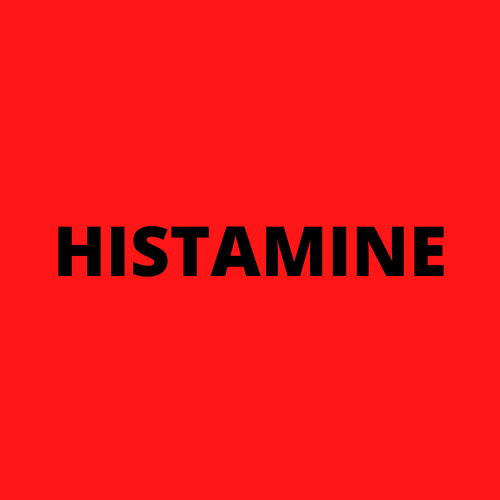FISH ALLERGY
Key Allergens
Parvalbumins are very stable proteins with the ability to cause reactions when cooked or as vapour during cooking (but food is thought to be 20-60% lower in parvalbumins when cooked). The protein is found in high concentrations in the light muscle of fish rather than the dark muscle, so fish like cod and carp are higher in parvalbumin levels compared to swordfish and tuna which have lower levels as they have more dark muscle tissue.
Parvalbumin is the protein used for allergy testing, if you are negative to these tests then your allergy may be to less common proteins found in fish, namely tropomyosin, enolases, aldolases, collagen and gelatin.
Tropomyosin is a protein found in certain types of fish including tilapia, catfish and salmon.
Some fish contain enolase and aldolase proteins. These are minor panallergens found in fish, chicken, rabbit and snake meat. They are heat stable so are allergens of note.
Food Intolerances



High sulphites and high histamine often go hand in hand. Fresh fish is low in sulphites, but the amount increases in the fish as it is processed, canned or smoked. Sulphites are inorganic salts used in preservations and have the potential to cause symptoms of food intolerance to those sensitive to sulphites, this food intolerance is more common in asthmatics. An improvement in symptoms can be made with a change to a low sulphite diet.
Fish can be considered to be high in histamine, so is not suitable for people following a low histamine diet. The amount of histamine starts to increase once caught, so improperly handled and refridgerated fish can cause what is called 'scombroid poisoning'. The symptoms of this are very similar to a severe allergic reaction, so are often confused.
Fish is a low FODMAP food. FODMAP stands for Fermentable oligosaccharides, disaccharides, monosaccharides and polyols. Foods high in FODMAPs can cause symptoms of food intolerance, affecting the gastro intestinal system and this can be mistaken for a true IgE food allergy.
You can read more about Food Intolerances on the dedicated Food Intolerance Page.
Associated Syndromes
Cross Reactivity
Other foods containing aldolase and enolase proteins include chicken, cod, catfish, salmon and tuna.
Other seafood which contains tropomyosin includes shrimp, prawns, crab, lobster, squid, oyster, snail and abalone.
You can download a Fish Allergy Factsheet from the Allergy Resources Ko-fi Shop for just $0.90 (£0.69 or €0.82). This has up to date information on which foods contain linked allergens and what foods to avoid if you think you have an allergy to fish.
Resources
Websites
Allergy UK - Fish & Seafood Allergy
Allergy UK - Histamine Intolerance
Science Daily - Different food fish can cause different allergies
Thermofisher Allergen Encyclopedia - Cod
Dermnet NZ - Scombroid Fish Poisoning
Articles and Journals
Flounder Roe Triggering α-Gal Syndrome: Hyosophorin as a Possible Allergen, 2025
Risk Factors for Severe Seafood Allergy Among Adults in an Urban City in Vietnam, 2024
Diving deep into fish allergen immunotherapy: Current knowledge and future directions, 2024
Beware of the toxins: Casting a wide net in suspected fish allergy, 2023
Thermostable allergens in canned fish: Evaluating risks for fish allergy, 2023
IgE-mediated fish allergy in Singaporean children, 2023
A case of acute Food Protein-Induced Enterocolitis Syndrome (FPIES) to fish, turkey and duck, 2022
Fish Allergy: Fishing for Novel Diagnostic and Therapeutic Options, 2022
IgE-Mediated Fish Allergy in Children, 2021
Tropomyosin: A panallergen that causes a worldwide allergic problem, 2021
Fish allergy tolerance 16 months after diagnosis, 2021
Fish muscle processing into seafood products reduces β-parvalbumin allergenicity, 2021
A case of pediatric anaphylaxis caused by gummy tablets containing fish collagen, 2020
Cross-reactivity in fish allergy: A double-blind, placebo-controlled food-challenge trial, 2017
Fish collagen is an important panallergen in the Japanese population, 2016
Fish allergens at a glance: variable allergenicity of parvalbumins, the major fish allergens, 2014
Comparison of allergenicity and allergens between fish white and dark muscles, 2006
IgE antibody to fish gelatin (type I collagen) in patients with fish allergy, 2000